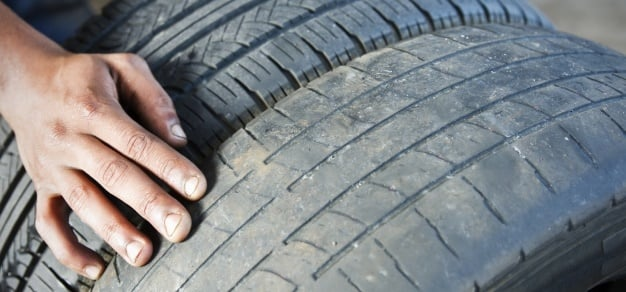Maintaining a car in good condition is paramount for safe driving, as evidenced by mandatory technical inspections and penalties for poorly maintained vehicles. Certain components, known as consumables, deteriorate faster than others and require regular attention to ensure optimal safety for occupants and other road users. Among these critical components are windshield wipers, brake pads, and tires, all of which must be in top condition to prevent accidents and avoid fines.
Importance of Tire Maintenance
Tires play a crucial role in vehicle safety, providing traction, stability, and control on the road. Regular inspection of tire condition is essential, yet it can be challenging to determine whether tires need replacement, especially for inexperienced drivers. While tread wear indicators offer guidance, they may be difficult to identify, leading to uncertainty about tire condition.
A Little-Known Tip for Tire Inspection
Fortunately, there’s a simple yet effective method to quickly assess tire condition using common coins. For summer tires, a €1 coin is used, while a €2 coin is suitable for winter tires. By placing the coin into a tire groove, one can gauge tread depth almost instantly. If the gold edge of the coin is fully covered by the tire tread, the tires are still in good condition. However, if the edge remains partially exposed, indicating shallow tread depth, it’s time to consider tire replacement.
Understanding Tread Depth and Legal Requirements
The edge of the coin used in the tire groove measures approximately 3 millimeters. If the tread depth is less than 2 millimeters, it’s advisable to replace the tires, even though the law may permit tread depths down to 1.6 millimeters. Driving on tires with inadequate tread depth poses significant safety risks and is strictly prohibited. In the event of a technical inspection, driving on worn-out tires can result in fines of €135 or more.
Prioritizing Road Safety through Tire Maintenance
Regularly checking tire condition using the coin method ensures that drivers can quickly assess the need for tire replacement. By maintaining adequate tread depth, drivers enhance traction and grip, reducing the risk of accidents, particularly in adverse weather conditions prevalent in many African regions. Prioritizing tire maintenance is not only a legal obligation but also a crucial aspect of responsible driving and ensuring road safety for all.




